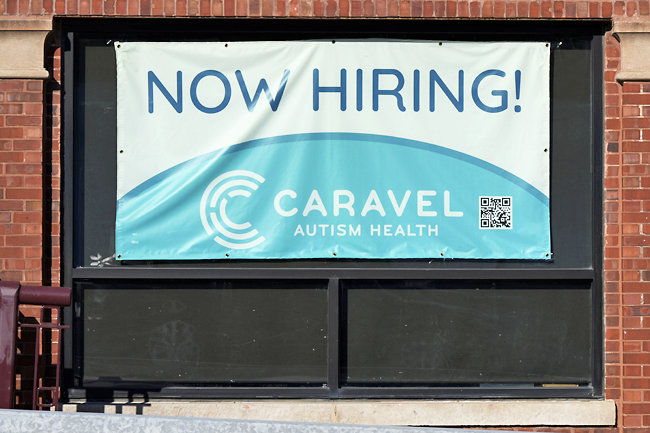WASHINGTON (AP) – United States (US) employers added just 143,000 jobs last month, but the unemployment rate fell to four per cent to start 2025.
The first monthly jobs report of Donald Trump’s second presidency points to a solid but unspectacular labour market. January job creation dipped from the 261,000 added in November and 307,000 in December. Economists had expected about 170,000 new jobs in January.
The outlook is uncertain as Trump prepares to shake up economic policymaking by cutting federal jobs, imposing big taxes on foreign goods and deporting millions of undocumented workers. His tariffs and immigration crackdown could push up prices, potentially rekindling the inflation that turned many US voters against President Joe Biden and helped return Trump to the White House.
For now, most Americans still enjoy unusual job security. But for those looking for work, the job hunt has been getting harder compared with the red-hot hiring days of 2021 to 2023.
Average hourly wages rose by 0.5 per cent from December and 4.1 per cent from January 2024, a bit hotter than forecasters had expected. That may be disappointing for the inflation fighters at the Federal Reserve (Fed). Still, some inflationary pressure from wage gains is being offset by US productivity growth, which allows companies to pay more and earn fatter profits without raising prices.
“Employers are really maintaining their workforce, but they are not hiring significantly, nor are they laying off,” said chief economist at the consulting firm EY Parthenon Gregory Daco. Daco expects average job growth to slow to between 100,000 and 150,000 a month this year (down slightly from the 2024 average of 166,000 new jobs a month).

The Labour Department also revised payrolls for November and December up by a combined 100,000.
Citing the strong upward revisions from late 2024, Carl Weinberg and Mary Chen of High Frequency Economics wrote that “There is no cause for concern about the strength of the economy in today’s employment report.” But they added that hiring in recent months suggests the Fed will be in no hurry to cut interest rates after doing so three times in 2024.
January hiring was narrow. Healthcare (44,000 new jobs), retail (34,000) and government (32,000) together accounted for 77 per cent of new jobs last month. Mines shed 8,000 jobs.
The Labour Department said the Los Angeles wildfires and a cold snap in the Northeast and Midwest had “no discernable” impact on the January jobs numbers.
The future is cloudier.
A federal judge temporarily blocked President Donald Trump’s plan to push out federal workers using financial incentives. A federal hiring freeze that Trump imposed on January 20 is a “negative for employment growth”, economist at Capital Economics Bradley Saunders wrote last week.
Economists are also worried about Trump’s threats of a trade war against other countries. He’s already imposed a 10-per-cent tax on imports from China and is threatening tariffs on Canada, Mexico and the European Union and possibly, a universal levy on all imports.
Tariffs paid by US importers, but typically passed along to customers, could heat up inflation – which has fallen from the four-decade high it reached in mid-2022 but is seemingly stuck above the Fed’s two per cent target. If tariffs push prices higher, the Fed may cancel or postpone the two interest-rate cuts it had forecast for this year. That would be bad for economic growth and job creation.
Employers also worry about the economic fallout from Trump’s promises to deport millions of immigrants working in the US.









